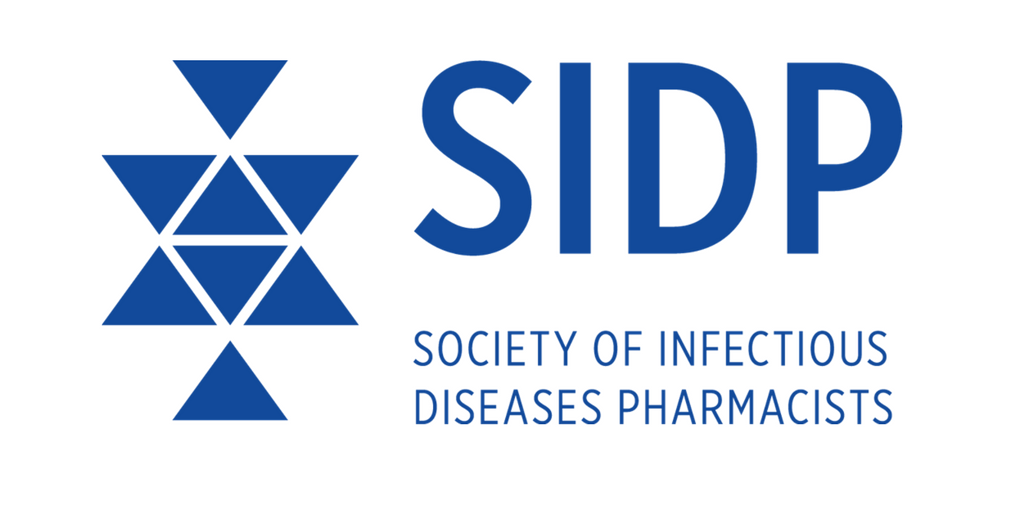
Antibiotics
Latest News
Latest Videos

CME Content
More News

Mass distribution of azithromycin twice yearly to infants and children did not comply with WHO recommendation but reduced all-cause mortality.

Benjamin Park, MD, offers insights on the federal agency’s role in AMR.

Bala Subramanian, PhD, highlights how the novel antibiotic BWC0977, with its dual intravenous and oral formulation, is poised to transform the fight against antimicrobial resistance.

Amanda Jezek, of the Infectious Diseases Society of America (IDSA), offers some insight on the prospective bill in Congress, as well as other AMR initiatives the organization is involved in.


With antimicrobial drug shortages expected to continue globally, developing mitigation strategies is essential to prevent complications, including antimicrobial resistance.

As with other metallo-β-lactamases, NDM is capable of hydrolyzing nearly all β-lactams, including carbapenems, and the search for the proper antimicrobials is challenging.

Clinicians provide an overview of intraamniotic infections and offer treatment strategies for these challenging infections.

Understanding the potential and limitations of new Acinetobacter baumannii active therapies.

A focus group study reviewed provider practices to learn more about patient management and explore the potential to follow up with clinicians on important takeaways.

Penicillin continues to be an important therapy for treating syphilis. Here is a review of the literature in comparing one of the first antibiotics to non-penicillin treatments for non-neurological syphilis.

4-way trial assesses non-prescription interventions, including 2 nasal sprays, for reducing seasonal respiratory illness and related antibiotic use.

Investigators found that 10 days of antibiotics is common for acute otitis media despite that 5 to 7 days is advised by US and international guidelines.

Analyzing data from over 4.6 million sinusitis cases, the study emphasizes the need for focused efforts to improve adherence to treatment guidelines and ensure antibiotics are used correctly.

The World Health Organization (WHO) warns of a moderate global risk to the presence of the pathogen, hypervirulent Klebsiella pneumoniae (hvKp) sequence type (ST) 23, as it has been reported in at least 1 country in all 6 WHO Regions.

Given that over 50% of women experience at least one urinary tract infection annually and antimicrobial resistance is on the rise, it's essential to evaluate the evidence for potential non-drug interventions.

Omadacycline (Nuzyra) maintained its potency over time and did not show a decrease in effectiveness.

The third and final episode in our series looks at what is in the pipeline as well as a discussion around FDA guidance.

While the SCORPIO-HR phase 3 trial did not meet its primary endpoint of sustained symptom resolution, ensitrelvir showed promising results in reducing symptom duration and preventing viral rebound.

A pilot study looked at offering this form of pre-exposure prophylaxis (PrEP) to a select population to see if it could be effective in preventing sexually transmitted infections (STIs).

Paratek Pharmaceuticals has announced results from a Phase 3 study of omadacycline (Nuzyra), demonstrating its non-inferiority to moxifloxacin in treating moderate to severe community-acquired bacterial pneumonia.

The second episode in our series looks to address clinical management in a time when antimicrobial resistance appears to be growing.

A recent report from the CDC highlights how the COVID-19 pandemic has heightened antimicrobial resistance, resulting in a 20% increase in hospital-onset infections caused by key resistant pathogens.

Clinicians developed an algorithm and screening questionnaire for outpatient penicillin allergy evaluation, designed to stratify patients into high- and low-risk penicillin allergy groups. Here is the sample questionnaire to consider for use in clinics.

This series looks to discuss several topics around these infections including diagnosis, treatment, challenges in managing UTIs in patients with dementia and neurogenic bladders, antibiotic resistance, and considerations for patients and caregiver engagement.































































































































































































































































































